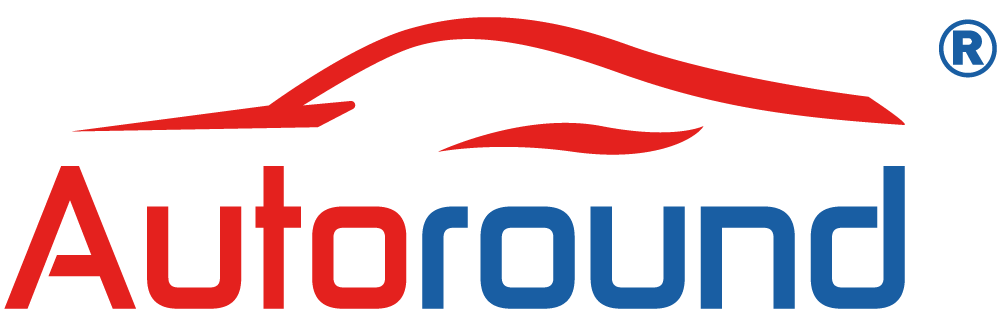The Development History Of Wheel Hub Bearing
Wheel hub bearing here specifically refers to the second and third generation wheel hub bearings (Bolt-on wheel bearing).
The first generation wheel hub bearing is “wheel bearing”(Press-in Wheel Bearings).
First generation wheel bearing
Basic structure:
- The first generation of wheel hub bearings mainly consists of an outer ring, an inner ring, rolling elements and a cage.
- The outer ring is usually made of solid alloy steel, and the inner ring fits tightly with the shaft.
- The rolling elements are steel balls, which roll between the inner and outer rings to achieve the functions of rotation and support.
|
|
The structure of the integral outer ring and the inner ring back to back makes the bearing have a high structural compactness and reliability.
The first generation of wheel hub bearings are designed with integrated sealing rings, which effectively prevent dust, moisture and other impurities from entering the bearing, thereby improving the durability and reliability of the bearing.
Due to the difference in rolling elements, the first generation of wheel hub bearings are generally designed as double-row tapered roller bearings or double-row angular contact ball bearings.
Second generation wheel hub bearing unit
Compared with the first generation wheel hub bearing, the second generation wheel hub bearing integrates the flange and the hub, which simplifies the assembly process.
- Style:
Outer ring rotation type: In this design, the outer ring of the bearing is directly connected to the suspension by bolts, while the inner ring is connected to the wheel hub and the brake system. When the vehicle is driving, the outer ring rotates with the wheel, while the inner ring remains stationary and is connected to the suspension system through the flange. This design reduces the number of assembly parts, making the overall weight lighter and easier to install. - Inner ring rotation type: In contrast to the outer ring rotation type, in the inner ring rotation type design, the inner ring of the bearing is connected to the wheel hub and the brake system and rotates with the wheel, while the outer ring remains stationary through the flange and the suspension system. This design may be more suitable for certain models and specific applications
|
|
|
Advantages:
- Reduced assembly time: Due to the integration of flanges and hubs, additional steps in the assembly process are reduced, thereby improving production efficiency.
- Improved assembly accuracy: Although interference fit with the steering knuckle is still required, the overall assembly accuracy is improved compared to the first generation.
Third-generation wheel hub bearing unit
The third-generation bearing adopts a double flange design based on the second generation and integrates ABS sensors to achieve higher intelligence and safety.
Style:
- ABS built-in: In this design, the ABS sensor and control system are directly integrated into the wheel hub bearing unit. This design not only reduces the number and weight of overall components, but also improves the reliability and response speed of the system. The built-in ABS can monitor the speed and braking status of the wheel in real time, and automatically adjust the brake pressure when necessary to prevent wheel locking and improve braking safety.
- ABS external: Although most third-generation wheel hub bearing units use a built-in ABS design, some models still use an external ABS. In this design, the ABS sensor and control system are installed outside the wheel hub bearing unit and connected to the wheel and brake system via cables or wireless signals. External ABS usually has higher flexibility and maintainability, but may also increase the complexity and cost of the overall system.
|
|
Advantages:
- Improved integration: The inner ring of the third-generation bearing integrates the wheel hub, and the outer ring integrates the flange for connecting the steering knuckle, making the entire bearing unit more compact and efficient.
- Improved assembly accuracy: It can be directly connected to the steering knuckle by bolts without additional interference fit, which greatly improves the assembly accuracy.
- Optimized performance: Since all dimensions are precisely controlled at the supplier, the third-generation bearing has a higher load capacity and longer service life.
- Improved safety: The integrated ABS sensor can provide timely and accurate braking signals to ensure driving safety.
From the first generation to the third generation, the design of wheel hub bearing units has continued to evolve, not only improving integration and assembly accuracy, but also adding intelligent functions. These improvements help improve the safety, production efficiency and performance of the car.
With the continuous development of technology, future wheel hub bearing units may continue to develop towards higher integration, higher intelligence and higher performance.







